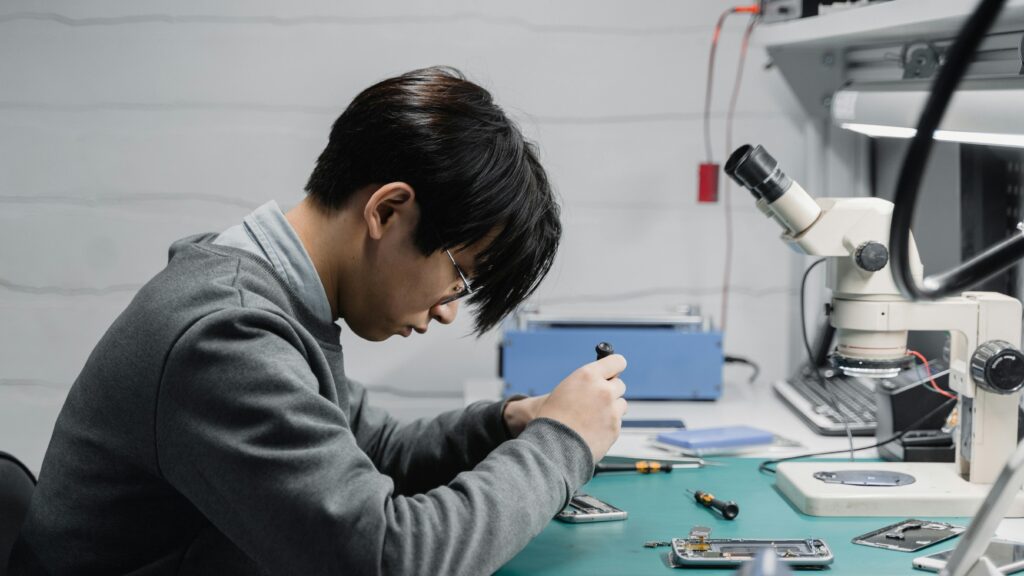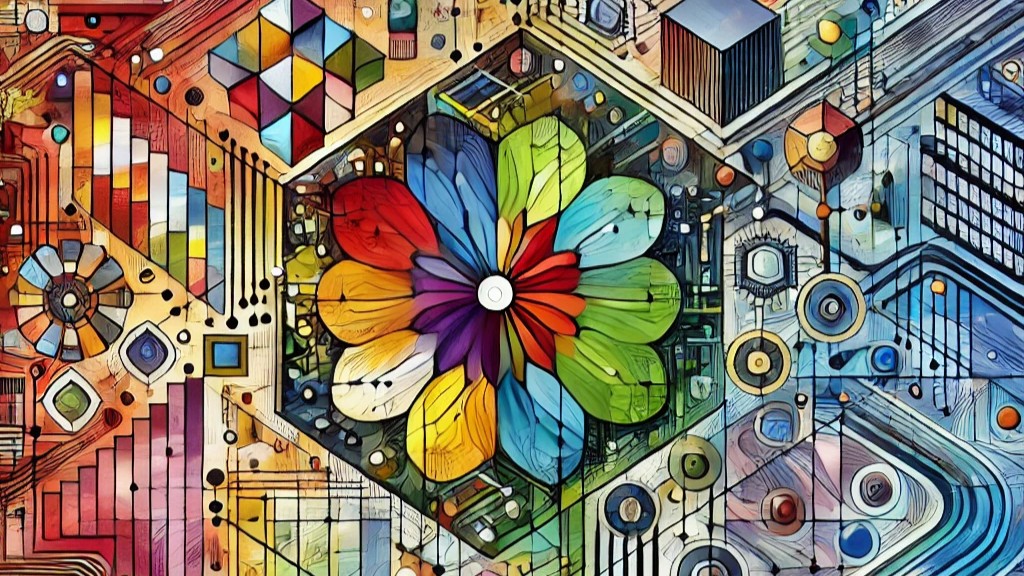Computer Memory: A Clear and Simple Guide
As someone passionate about technology, I’ve always been intrigued by computer memory. It’s the core component that makes every device function seamlessly, from smartphones to powerful servers. In this article, I’ll explain what computer memory is, how it works, and why it’s so vital to system performance. Understanding computer memory helps reveal how data is stored, accessed, and managed — the very processes that keep modern computing running efficiently.
Computer Memory: A Clear and Simple Guide Read More »



















